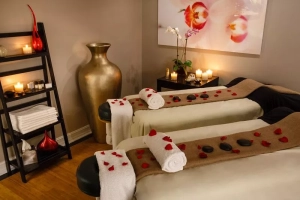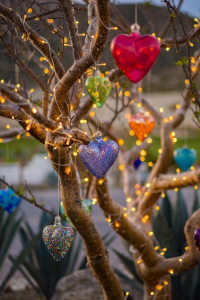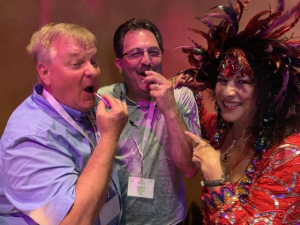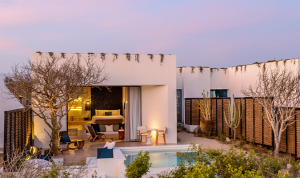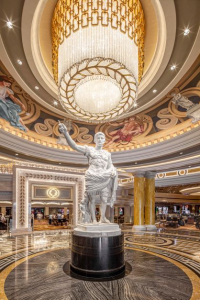HOTEL HAPPENINGS & PROGRAM PROMOTIONS – LATE FEBRUARY 2023
HOT DEALS!
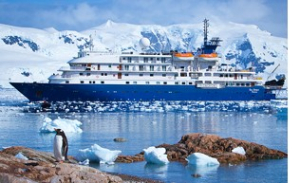
Poseidon Expeditions has a hot deal for cool cruises to the Arctic and Antarctic.
Book a cruise by the end of May to the Arctic or Antarctica aboard the all-suite 114-passenger Sea Spirit for 2024 from Poseidon Expeditions and receive up to 20% off regular rates. Poseidon Expeditions focuses on remote polar cruise exploration in the high latitudes. From June through the end of October, these discounts will be reduced by five percent, still a considerable savings for polar adventurers. The trip includes airfare between Oslo, Norway

